The Importance of Knowing Your Foot Arch Type : The bottom part of your foot is not entirely flat. It has an arch that forms an upward curve from the end of your heel to the ball of your foot. The foot arch acts like a spring because it helps to bear your body weight and absorb shock each time your foot hits the ground.
There are different types of foot arches. However, according to research, the prevalence of high and low foot arches is higher in women who are obese and overweight compared to those with a normal body weight.
Don’t miss the following key facts to better understand the implications of the different arch types.
Types of foot arch
Neutral or medium foot arch
The neutral foot arch is generally considered as the normal type. In a neutral foot arch, half of the arch is in contact with the ground. Your heel and ball of the foot form a defined arch that is considered biomechanically efficient and moderately flexible. Neutral foot arches have a good structure and a better capacity to absorb shock as weight and stress are distributed more evenly compared to other types.
Low foot arch or flat foot
If the entire bottom of your feet seems to be touching the ground completely, then you have low foot arches or flat feet. Clinically known as pes planus, a low foot arch is a form of foot deformity which can either be congenital or caused by doing excessive weight-bearing activities or muscular insufficiency.
Flat feet are very flexible so they have a tendency to overpronate or roll inward. Unlike neutral foot arches, low arches are biomechanically imbalanced. For these reasons, people with flat arches are more prone to foot ailments such as plantar fasciitis, heel pain, and arch pain – all of which can be corrected with Protalus shoe inserts.
High foot arch
High foot arches are characterized by very defined arches that barely touch the ground. A high foot arch is clinically known as pes planus and, just like a low foot arch, is also considered a foot deformity which can be congenital or caused by neurological disorders such as cerebral palsy or stroke.
In contrast with flat arches, high arches are very rigid which makes the pressure distribute unevenly throughout the foot. People with high arches are prone to experience claw toes, corns, calluses, plantar fasciitis, arch strain, and metatarsalgia.
The importance of knowing your foot arch type
A guide to buying the right shoes
Most shoes are tailored for people with neutral foot arch so try to pick one that is comfortable for your arch type. Wearing shoes with insufficient arch support and heel padding can lead to foot pain and discomfort. If you can’t find a shoe that matches your preference, you can invest in low-profile shoe inserts for added cushioning and support to your foot arch. Put these in your shoes, most especially when you’re wearing flats, to make you comfortable and to keep foot pain at bay.
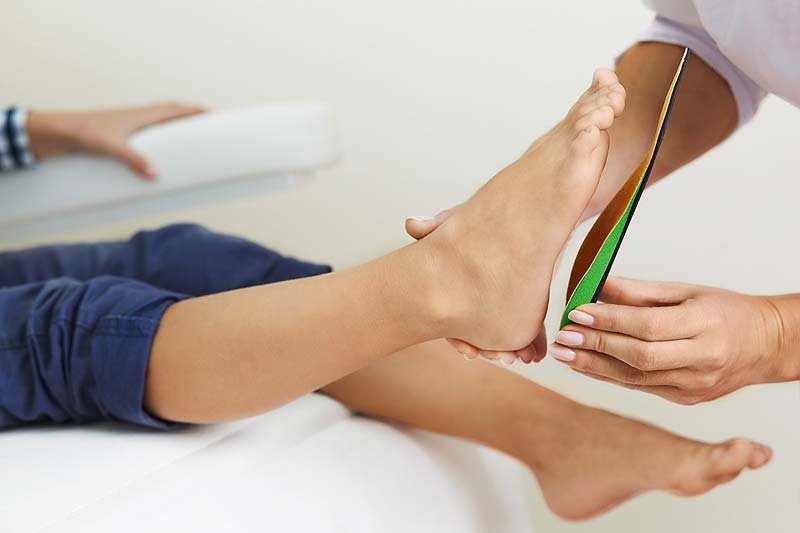
A better insight on how to take care of your feet
Different foot arch types have different characteristics; one can be more prone to certain types of discomforts than the other. People with high arches, for example, are at risk of suffering from claw toes and calluses so it’s better to keep the toenails trimmed to prevent cut injuries and cracked nails. Flat and high arches are also easily fatigued, owing to the unequal weight distribution to the rest of the foot, so you might need to rest them more often and perform stretching exercises to ease muscle stress.
Prevent foot discomforts and injuries
Foot problems occur less often in people with neutral arches but it doesn’t mean that you are already immune to foot discomforts. Flat and high arches, on the other hand, are more prone to various types of foot ailments as mentioned previously. These can be prevented, however, by doing strengthening exercises for flat arches and flexibility exercises for high arches.
How to determine your foot arch type
The “wet test” is a simple test to find out the type of foot arch you have.
- Wet the sole of your foot.
- Step on a piece of heavy paper.
- Remove your foot and examine your footprint.
Analyse the result:
- If your footprint shows that half of your arch region is filled, you have a neutral foot arch.
- If it shows that most of your arch is filled in, you have a low foot arch.
- If it only shows most of your toes and heel, you have a high foot arch.
Knowing your foot arch helps you in a lot of ways—from choosing the right pair of shoes to preventing foot injuries. Although low and high foot arches are considered as a deformity, they don’t lead to serious disability and mobility problems.
Related Videos:
How to Determine Your Arch Type for Running Shoe Selection
https://www.youtube.com/watch?v=McbPX61WnGc?autoplay=1&rel=0
Know and Find Out Your Foot Arch Type – Water Test
https://www.youtube.com/watch?v=RvhrguUSyms?autoplay=1&rel=0
Arches of the Foot
https://www.youtube.com/watch?v=OxUXA8xPs68?autoplay=1&rel=0
Foot Anatomy Animated Tutorial
https://www.youtube.com/watch?v=ROd1Acma64o?autoplay=1&rel=0
Ideal Feet – Find My Arch Size
https://www.youtube.com/watch?v=-gYJ7wlZVU8?autoplay=1&rel=0
Related Infographics:
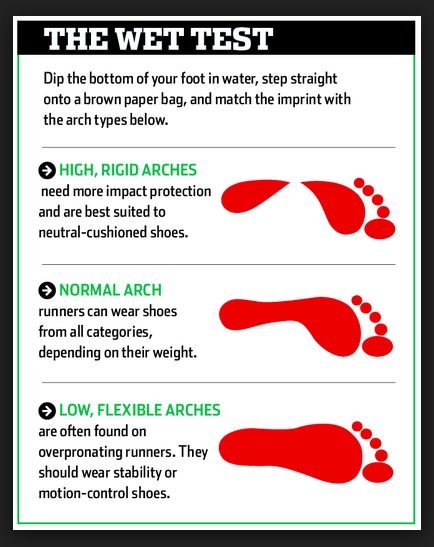
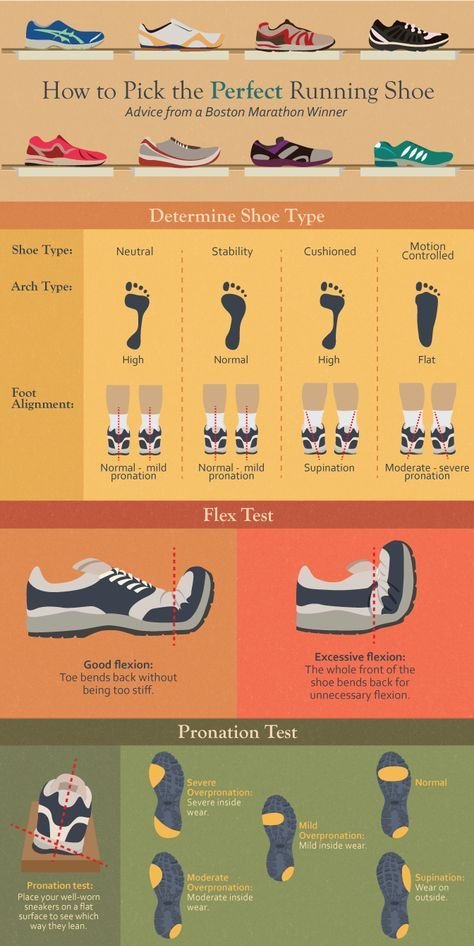
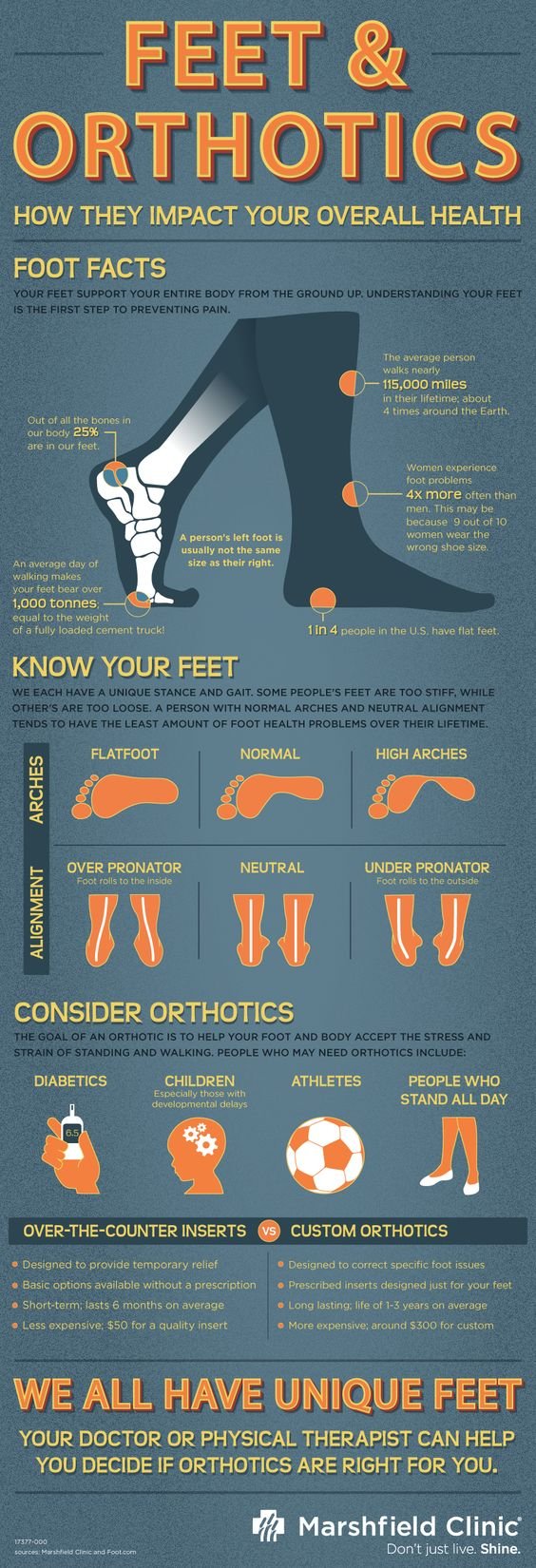
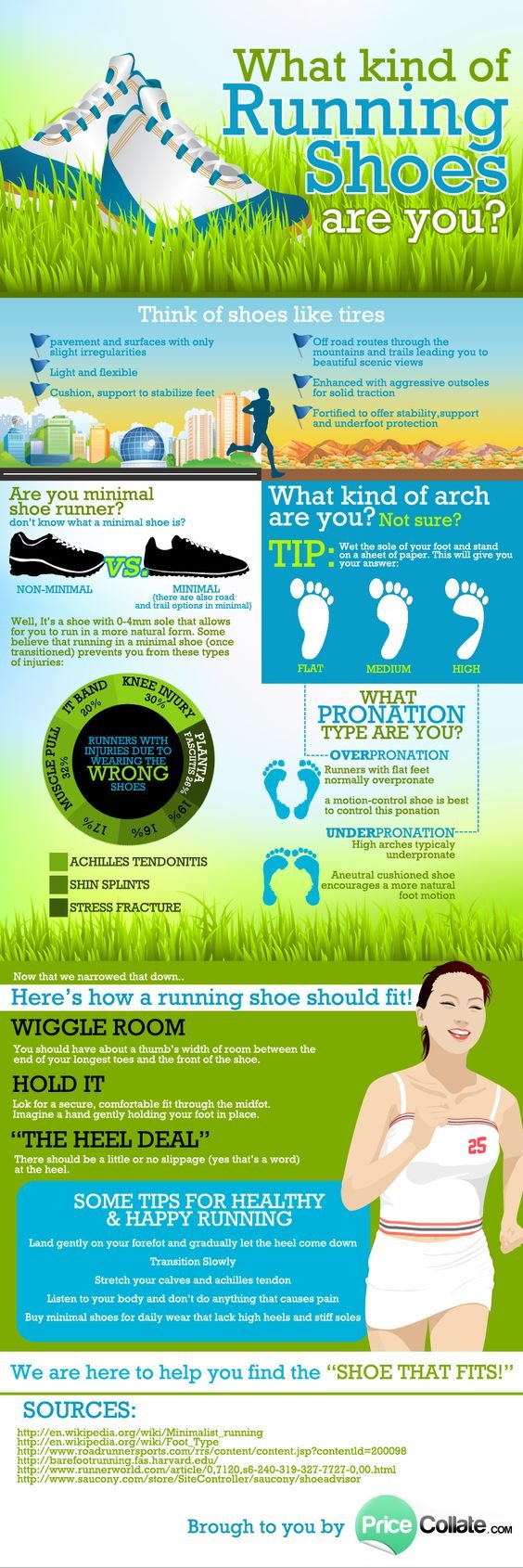

The Importance of Knowing Your Foot Arch Type
normal arch foot, high arch foot problems, low arch foot, arched feet vs flat feet, how to tell if you have flat feet or high arches, normal arch running shoes, do i have flat feet quiz, foot arch pain,




